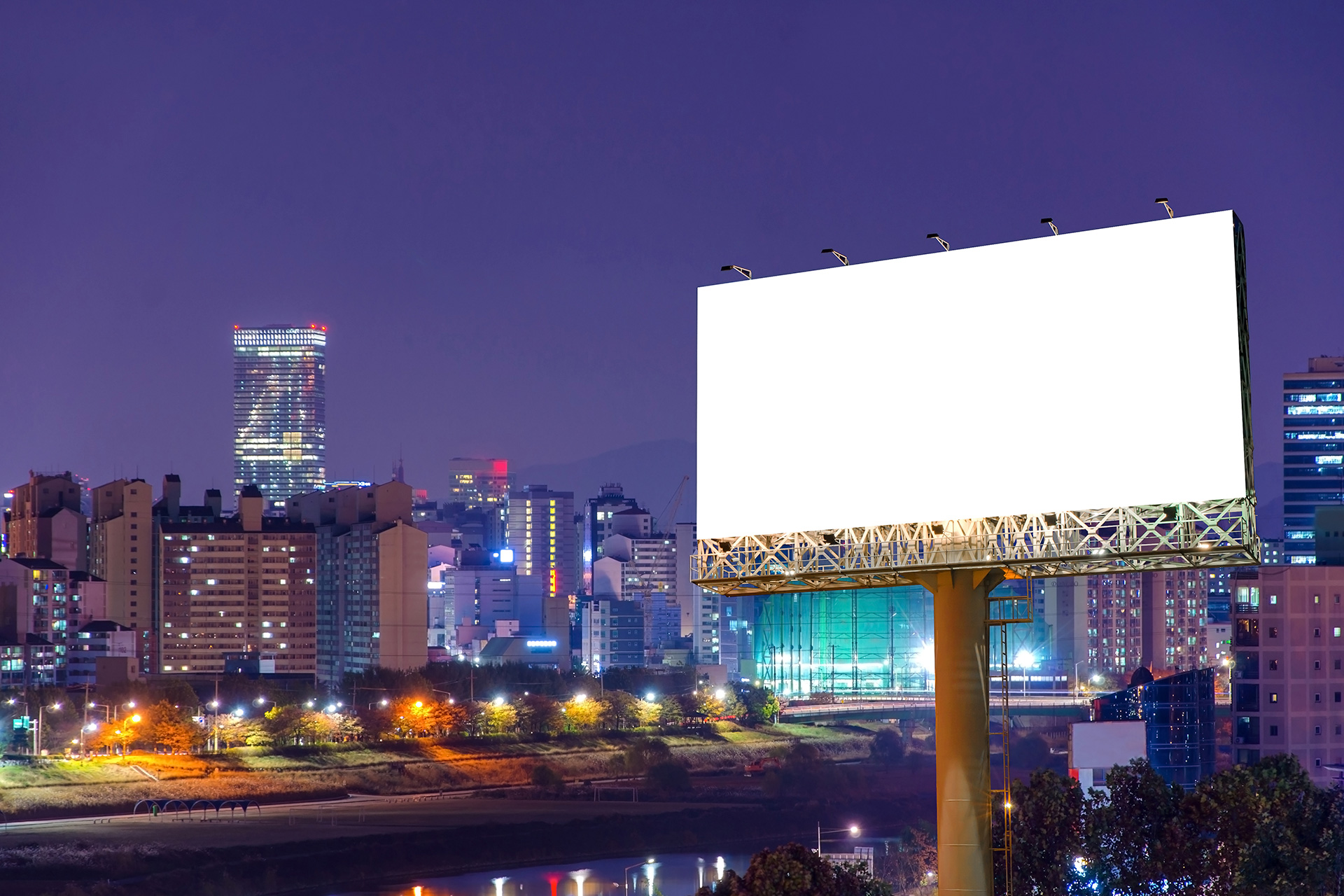OUTDOOR ADVERTISING

Outdoor (or outdoor) advertising continues to target consumers when they are out of their home, while commuting, shopping or traveling in public places.
As soon as you step outside your office or home, you will be exposed to outdoor advertising messages. Roadside billboards, bus stop posters, digital displays in gas stations and other public spaces, scrolling articles and advertisements on railway stations … Outdoor advertising is now a very familiar part of everyday life.
Recently, outdoor advertising has been renewed with the introduction of new technologies that make it increasingly compatible with digital marketing. Also, its online activity; It has also been proven to trigger more than other offline advertising channels, including TV, radio and print.
Just for this reason, any marketing strategy that deserves its business should consider how best to use outdoor advertising to reach consumers. Below are 4 important tips from outdoor advertising professionals to get you started on creating an effective outdoor advertising campaign.
1. Use the data you have to create a strategy
As with any marketing campaign, planning is an important component for creating a successful outdoor advertisement. Define your audience and determine the purpose of the ad. Which message do you want to convey? Where? How much time?
We now have more tools than ever to report the strategy, timing and placement of outdoor advertising. As Nancy Fletcher (president of OAAA) emphasizes, “New capabilities in how we collect, process, and analyze data will enable us to understand, layer and target OOH audiences more precisely”.
Every person who markets his business online (actually everyone nowadays) is ready to access customer data and online tools like Google Analytics to measure advertising success. Test creatives online and apply to outdoor ads before running them as a billboard or bus stop ad; which messages have the highest clickthrough rate, page impression and longest stay on the page? You can also use online data to determine the best location for placing outdoor ads using IP addresses and mobile tracking to identify which locations see the highest click rates and returns. When you identify these places, you will know which outdoor advertising areas will be successful in reaching your consumers.
2. Strategically book outdoor advertising locations
You used your data to determine who, when, and in which location you target. Now you need to distinguish the outdoor advertising spaces where you want to run your ad.
In the past, outdoor advertising was the source of wealthy companies to invest in advertising campaigns across the country. However, today you don’t need a marketing budget of millions of pounds to run an outdoor advertising campaign. Online outdoor ad booking tools make it easier to choose the areas that best suit your unique needs. In addition, digital outdoor advertising screens mean you can choose to show your ads only during certain times when you are most likely to reach consumers.
Therefore, if you are a fastfood restaurant that returns home from a night trip and wants to reach hungry passersby, you may want to distinguish the advertising areas in the bus stops and telephone booths on the pedestrian paths near your restaurant. If you book on the digital screen, you can choose to display your ads only after 19:00 on weekends.
3. Communicate your message effectively
The average attention span of a person passing by an outdoor advertisement is between 2-3 seconds. It takes 2-3 seconds for someone to register your brand, understand your message and what it needs to respond.
Accurate images are the key to a successful outdoor advertisement, as we process images 60,000 times faster than we process text. While supporting your ad texts, you need to choose a picture that will pierce the busy city environment to reach your audience. In keeping with the tone of your brand, stick to a strong image that clearly conveys your message and attracts attention.
When it comes to choosing typography, make sure your font is big enough and clear enough so that it can be read quickly. There are certain fonts and colors that the human eye finds easier to process.
Writing ad text is perhaps the most difficult part of outdoor advertising design. Summarization is important and general advice is to stick to six words or less. To convey a more complex message or to the consumer
